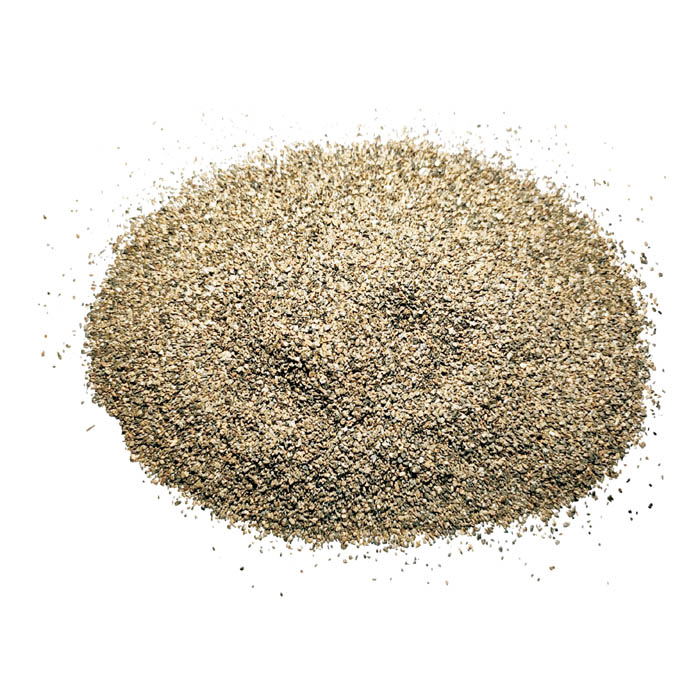Aug . 13, 2024 12:36 Back to list
Exploring the Top Thermally Insulative Materials for Optimal Energy Efficiency and Performance
The Most Thermally Insulative Materials A Comprehensive Overview
Thermal insulation is a crucial aspect of modern building design, industrial applications, and even everyday household products. As energy efficiency takes precedence in our increasingly eco-conscious society, understanding and selecting the right thermal insulative materials becomes essential. This article discusses some of the highest quality, most thermally insulative materials available today, examining their properties, applications, and benefits.
At the forefront of thermal insulation materials is aerogel, often touted as one of the best insulators known to science. Composed of up to 99.8% air, aerogel boasts an extremely low thermal conductivity, often as low as 0.012 W/m·K. Its unique structure creates multiple layers of air pockets that significantly inhibit heat transfer. Aerogel is lightweight, highly porous, and exhibits remarkable resistance to heat, making it ideal for applications ranging from aerospace to construction. However, its production costs can be high, which may limit its usage in more budget-sensitive applications.
Another standout material is polyurethane foam, a versatile thermal insulator widely used in residential and commercial construction. With a thermal conductivity ranging from 0.020 to 0.030 W/m·K, polyurethane foam offers excellent insulating properties, particularly when applied in wall cavities and roofing systems. The material can be produced as rigid panels or flexible foams, allowing for diverse applications. Additionally, it has good soundproofing qualities, enhancing its appeal for residential buildings.
Polystyrene, both in its expanded (EPS) and extruded (XPS) forms, is also revered for its thermal resistance. With thermal conductivities similar to polyurethane, polystyrene insulation boards are commonly used in various construction applications, including below-grade insulation and exterior wall insulation. EPS is lightweight and cost-effective, while XPS offers superior moisture resistance and compressive strength, making it suitable for demanding environments.
high quality most thermally insulative material

For sustainable and eco-friendly insulation, sheep’s wool presents a natural alternative. With a thermal conductivity of around 0.035 W/m·K, sheep’s wool not only provides respectable insulation but also has the ability to regulate humidity. Its natural fibers can absorb moisture without compromising its insulating properties, making it suitable for buildings in variable climates. Additionally, sheep’s wool is biodegradable and a renewable resource, appealing to environmentally conscious builders.
The innovative composite material vacuum insulation panels (VIPs) merits discussion as well. VIPs incorporate a core material encased in a vacuum-sealed envelope, resulting in thermal conductivities as low as 0.004 W/m·K. This exceptional performance makes them ideal for applications where space is at a premium, such as in refrigeration and in energy-efficient building designs. However, their susceptibility to punctures and higher costs might limit their widespread usage.
Furthermore, reflective insulation and radiant barriers are used primarily in warmer climates to reduce cooling costs. This material incorporates reflective surfaces that redirect radiant heat away from living spaces, thus improving comfort and energy efficiency.
In summary, the landscape of thermal insulation materials is diverse, offering various options for different applications. High-quality insulators like aerogels, polyurethane foams, polystyrene, sheep’s wool, vacuum insulation panels, and reflective barriers provide unique benefits tailored to specific needs. As awareness grows regarding energy efficiency and environmental impact, the demand for effective thermal insulative materials will likely continue to rise, shaping the construction and manufacturing industries for years to come. In this pursuit, the careful selection of the right materials can lead to significant energy savings and enhanced comfort in our living and working environments.
-
Environmentally Friendly Granule Covering Agent for Sustainable Solutions
NewsJul.23,2025
-
High-Performance Tundish Dry Vibrator for Continuous Casting
NewsJul.22,2025
-
First Bauxite Exporters | Top-Quality Global Supply
NewsJul.22,2025
-
```text High-Performance Insulation Cup Materials Exporters | Quality
NewsJul.21,2025
-
High-Efficiency Ferro-Carbon Balls for BOF Steelmaking
NewsJul.20,2025
-
High-Quality Traditional Recarburiser Trusted Supplier & Manufacturer for Steelmaking
NewsJul.08,2025
